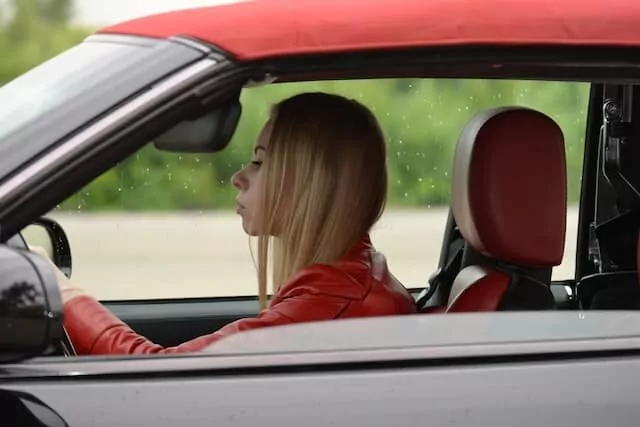Home » Blog » Car » Cars: Understanding Them » How to Make Your Car More Visible and Avoid Accidents
Categories
Tags
animal welfare
breed profile
buying a car
buying a pet
Car
car accessories
car care
car features
car insurance
Car safety
car sales
car service
cat
cat behaviour
cat body language
Cat Breeds
cat food
cat insurance
comprehensive car insurance
Dog
Dog Behaviour
dog body language
Dog Breeds
dog food
Dog Insurance
dog training
eco friendly cars
Kitten
New Car
pet accessories
pet activities
Pet Adoption
pet breeders
pet days of the year
pet fun stuff
Pet Health
pet insurance
pet parenting
Pet Safety
pet services
Puppy
rescue pets
road safety
road trip
safe driving
Recent Blog:
Facebook Posts
4 days ago
Growing old sometimes means we can’t take care of pets anymore. Find out some advice on what to do when this happens:![]()
![]() Senior Pet Parents – Contingency Plans for Your Pet – bit.ly/44bzwkS
... See MoreSee Less
Senior Pet Parents – Contingency Plans for Your Pet – bit.ly/44bzwkS
... See MoreSee Less
Senior Pet Parents' Contingency Plans for Pets
www.pd.com.au
Sometimes senior pet parents need more downtime. For older pet owners, this can be tricky to navigate if their dog or cat is full of beans and wants to6 days ago
Before you rev up the engine, let’s run through a checklist of things to do before starting your car. Not only do these steps ensure your safety (and that of others around you), but they also help in maintaining your vehicle's longevity.![]()
![]() Driving Tips: Your Checklist Before Starting Your Car -
... See MoreSee Less
Driving Tips: Your Checklist Before Starting Your Car -
... See MoreSee Less
Driving Tips: Your Checklist Before Starting Your Car
www.pd.com.au
Heading out for a drive? Hold up a second! Whether you're dashing off to work, running errands, or embarking on a road trip adventure, there are a few2 weeks ago
Are intestinal worms setting up camp in your dog’s gut without paying rent? Here’s how to spot the main culprits and get rid of them too:![]()
![]() Preventing, Identifying and Treating Intestinal Worms in Dogs - bit.ly/43YjCKu
... See MoreSee Less
Preventing, Identifying and Treating Intestinal Worms in Dogs - bit.ly/43YjCKu
... See MoreSee Less
Preventing, Identifying and Treating Intestinal Worms in Dogs
www.pd.com.au
Intestinal worms, such as roundworms in dogs are one of the least glamorous topics on the planet. These intestinal parasites that basically use our dogsDriving your car in low visibility can be scary – seeing where you’re going is a necessity for safety and feeling secure behind the wheel. You wouldn’t drive around blindfolded nor would you want other drivers to. But sometimes low road visibility driving conditions can land you in this boat. In holiday time more of us take driving holidays so knowing how to avoid this is even more important. But, how?
In this article, PD Insurance rounds up tips for making your car more visible on the road. We also recap a handful of situations that could spell low visibility. That way you can spruce up your car visibility in advance and enjoy the drive knowing you have your safeguards in place.
In this article
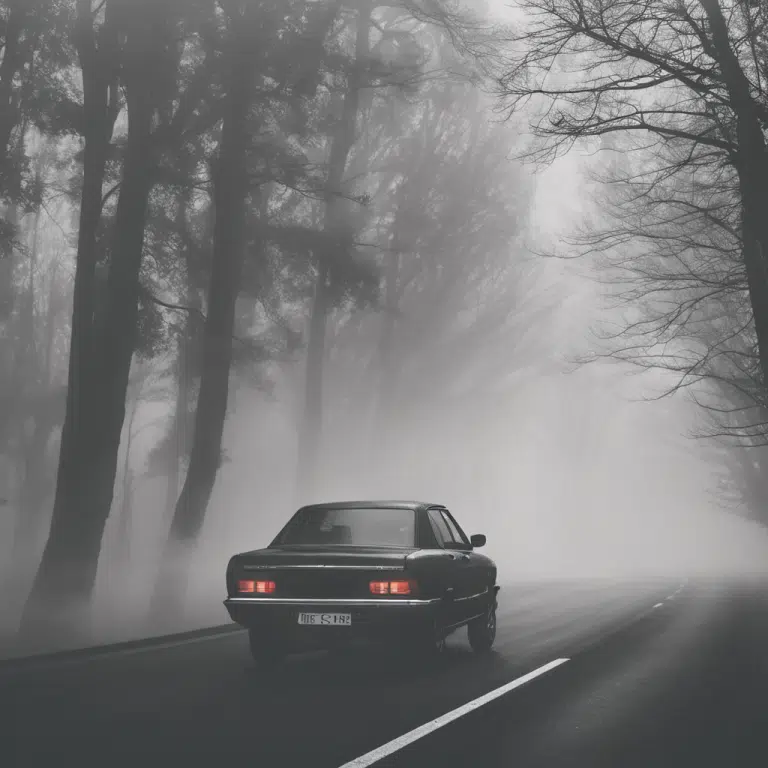
What affects car visibility?
While it might seem obvious that low visibility conditions occur most often during bad weather, at night and during dusk and dawn, it’s not always something we plan for or think about. Yet, most drivers will end up driving in these conditions.
You might leave home for a drive during bright sunlight only to make the return trip in the dark. In Australia, the weather extremities can easily catch us off guard.
Luckily you can plan for low road visibility conditions by making yourself more conspicuous.
4 tips for driving your car in low visibility conditions
There are several actions you can take to help give yourself more time to see other cars in low visibility and vice versa. Let’s look at what you should do to improve car visibility as a driver.
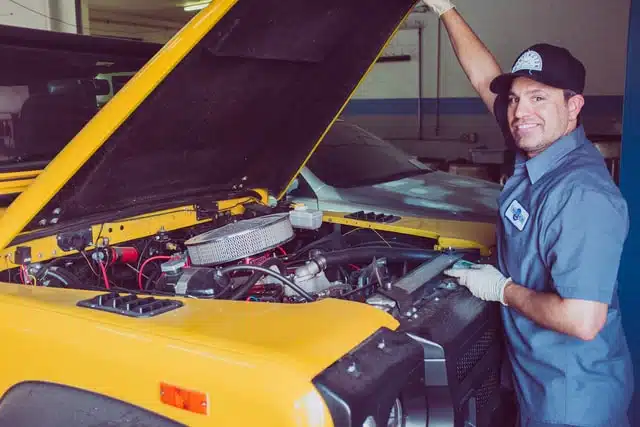
1. Check your car lights for visibility
If you often drive during the daytime, you might not notice when one or both of your headlights is faulty. This can happen in myriad ways. For example, one light might be dimmer, misaligned or it might only work on the dim setting and not the bright setting. Or, it could be both lights that are faulty.
- Lights, driving, action!
A car has so many lights that help signal your movements in low visibility road conditions. Consider that you have headlights, high beams, front / back / left / right indicators, reversing lights and front fog lights. You’ll need these to be always in top notch condition.
- Routine maintenance
It’s a good idea to routinely check your lights are working properly as part of your routine car maintenance. It’s especially important to do so if you know you’ll be driving at night. If you’re planning on doing road trips, even if you’ll only be doing daytime driving, always check your lights then as well.
- Car servicing checklist
Of course, your mechanic should check your lights are working properly each time you get your car serviced. Read our car servicing checklist to help ensure you get what you’ve paid for.
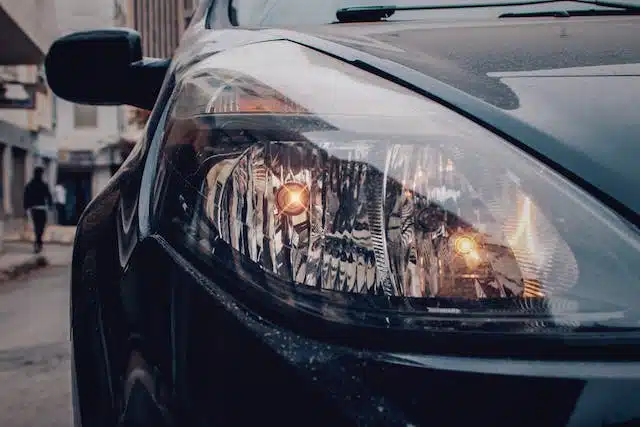
2. Add daytime running lights to the mix
In Europe, daytime running lights have been mandatory since 2011. They’re attached to the front of a car for improved visibility and, according to the numbers, they really work!
The National Road Safety Partnership Program, which published statistics from Monash University, says daytime running lights massively decrease the risk of crashes. Here’s what the numbers show:
- 20.3% reduced risk of crash at dusk and dawn
- 13.8% reduced risk of crash in speed zones greater than 75 km p/hour
While daytime running lights aren’t a legal requirement in Australia yet, many new cars do feature them.
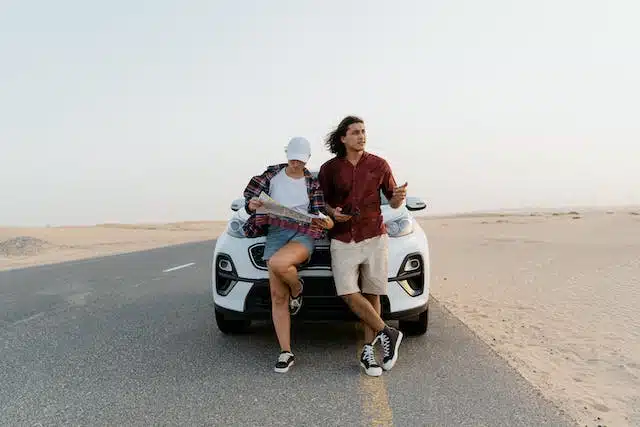
3. Know what colour car is best for visibility
It turns out that white cars have the highest visibility, making them the safest. They stand out in stark contrast with darker shades, including grey, silver and black.
White cars are 12% less likely to be involved in accidents, according to the Vehicle Colour Study by Monash University Accident Research Centre. Find out more about the safest car colours.
If you’re in the market to buy a car or planning on doing so sometime soon, this is worth noting. Read our guide to find out what questions to ask a dealer when buying a car.
4. Practice defensive driving
While defensive driving may not be foolproof in low visibility driving conditions, it can help mitigate the chance of ending up in a road incident.
Defensive driving is taking protective measures in your driving style to make you safer from potential mishaps other drivers make and to help prevent you from making them yourself. It involves techniques like slowing down, increasing your following distance and rounding bends with added caution.
Defensive driving skills should be practiced each time you get behind the wheel so they’re second nature. After all, safety on the road should always be top of mind, low visibility or not. Read our guide to defensive driving skills.

Low road visibility weather to watch out for
The heat produced in warmer weather in Australia can lead to rain, hail and fog. With the hotter temps now running through the summer season and into March, that’s a long period of the year we’re contending with.
If you’re driving in low visibility conditions, you’re less likely to see other drivers and they may not be able to see you clearly either (or at all). Here are some added tips to combat this for specific low visibility weather conditions:
☁ Fog
When it’s foggy, don’t bother using your high beams because the fog acts as a mirror and simply bounces light back at you. Stick to low beams and fog lights to help you see the road and improve your car’s visibility.
💧 Rain
If rain becomes torrential don’t try to keep driving just to get to your destination. Slow down and if you need to stop altogether then do it – your safety is worth the wait. Read about driving in wet road conditions.
🧊 Hail
The damage hail can do to cars is preposterous. It’s just not worth driving through golf balls being hurled at your vehicle. The best thing you can do is wait out the hailstorm then continue your journey.
If you’re already driving when the storm begins, try to pull over somewhere sheltered if possible. Read about choosing and buying a car hail protector.

Tips for driving your car in low visibility
Because you never know when inclement weather may strike to affect road visibility, we’ve rounded up more safety tips to give you a soft landing:
- Safe driving tips to protect you and your family
- Tips for driving in bad weather
- 5 baby car safety measures you should know
- What are car safety ratings?
- How to road trip like a pro
Remember, having a great road trip is about prevention rather than cure. If your trip ends up a little longer thanks to driving your car with added care during low visibility then it’s well worth the extra time.
Award winning car insurance for a safety net
While comprehensive car insurance may not increase car visibility, it can certainly provide a safety net. Fixing or replacing a broken, stolen or written off car may be financially crippling, as could coughing up to fix damage you’ve caused to another car or property. Even unanticipated costs you can afford eat into savings you’d otherwise spend elsewhere.
With car insurance, a wide array of damage related costs can be paid by your insurance provider. Find out more by starting your car insurance quote today.
Share On:

